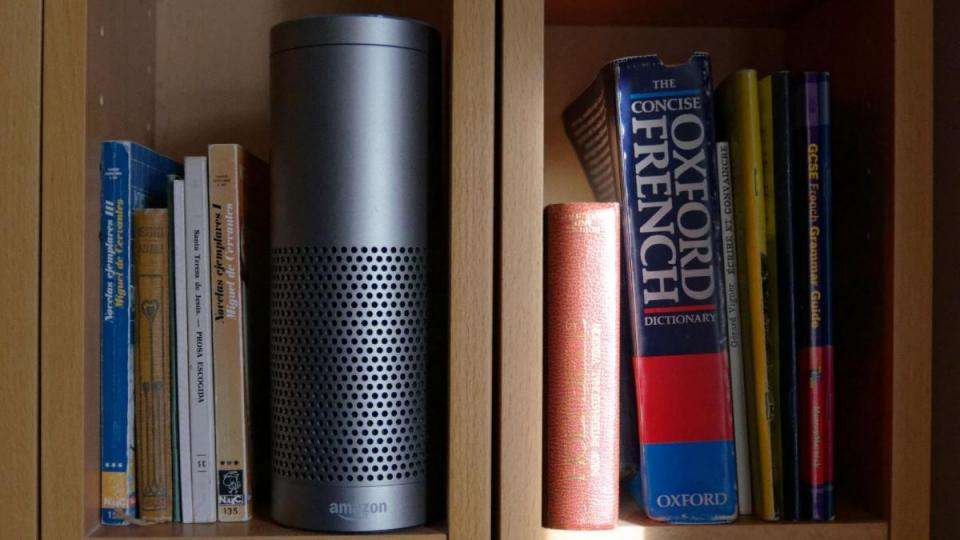May 10,2024
The Hamptons' Gorgeous Hedges
by David Stewart
The hedge, that most common staple of landscape design, has been around for almost 4,000 years, when it was first used for the same reasons it is still used today—to divide properties, provide protection from the wind, and create privacy. Recent times have seen ever more exotic flora form these boundary-defining topiaries, including dwarf conifers, privet, yew, Leyland cypress, hemlock, hydrangea, arborvitae, barberry, box, holly, oleander, lavender, roses, and many others. Extraordinary historical examples include those at the Garden of Boboli in Florence, André Le Nôtre’s masterful work at Versailles, and at Hidcote Manor Garden in Gloucestershire, England. As I spent the last weekend of summer at my home in the Hamptons, it struck me that some of the most impressive hedges are those found on the East End of Long Island. Join me on a tour of a few of the most notable from Bridgehampton, East Hampton, Sagaponack—and one that I planted myself in Southampton nearly 20 years ago.

Click to view the slide show of the Hamptons' most striking hedges.
More on archdigesom:
Travel with Lee F. Mindel to London as he visits the London's legendary bridges
Tour the Royal Saltworks at Arc-et-Senans, by 18th century architect Claude-Nicolas Ledoux






